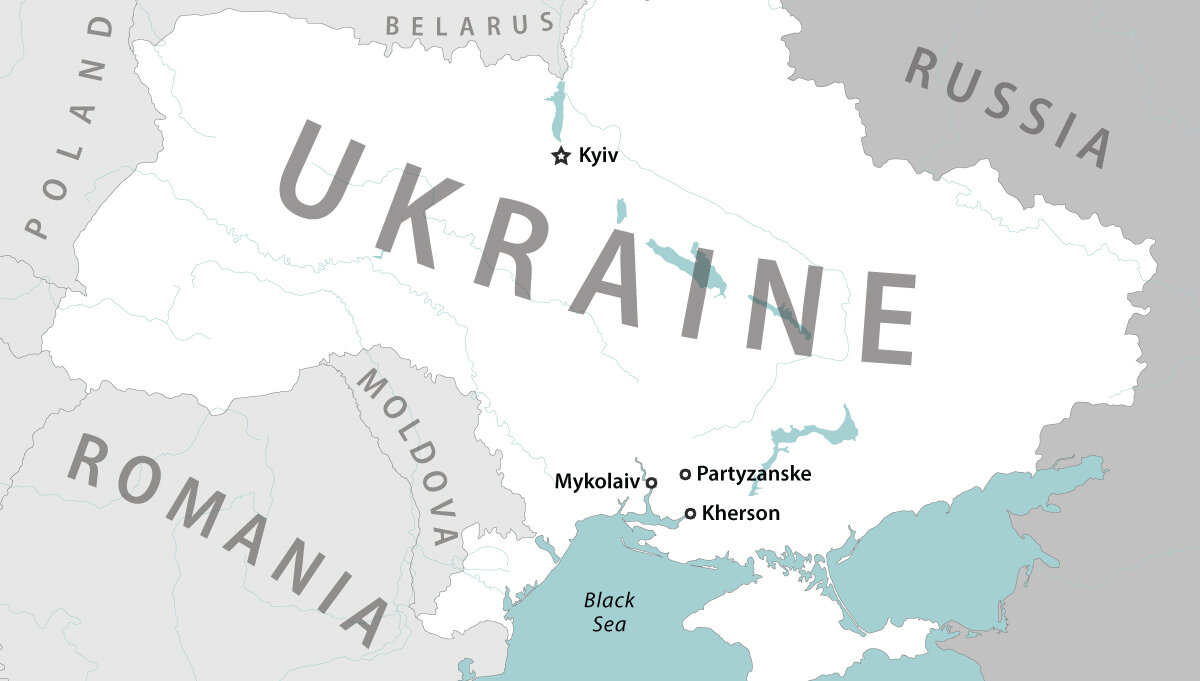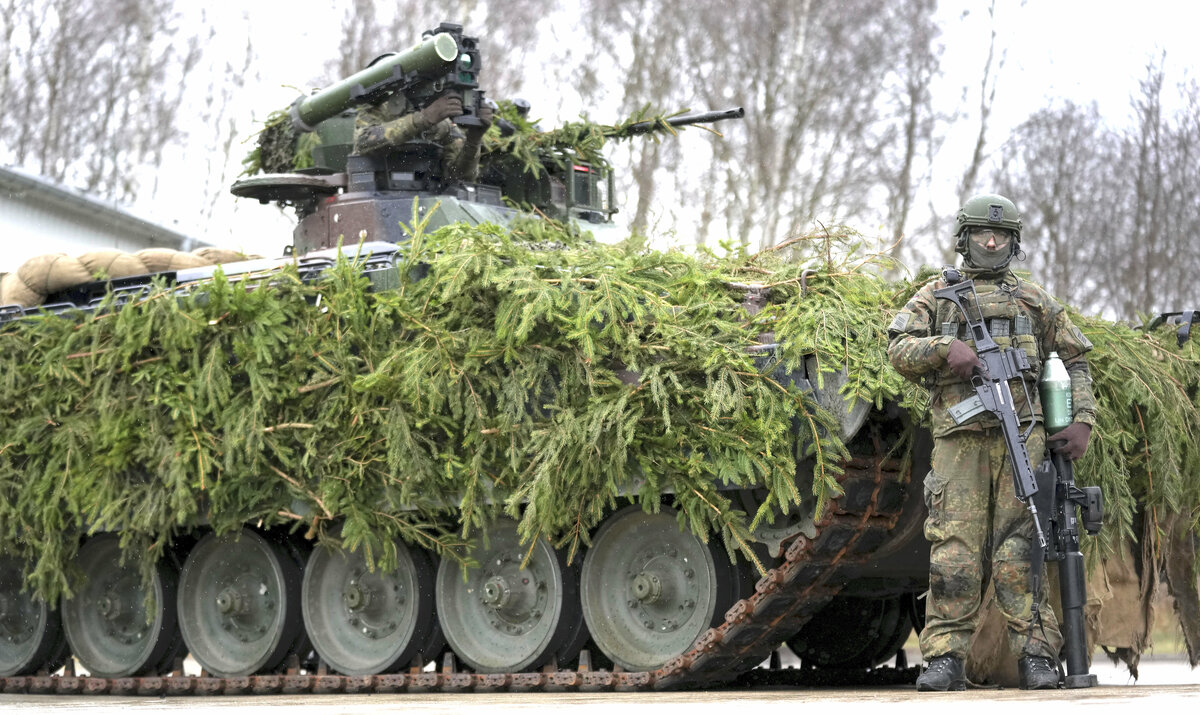Human error may have been the cause of the computer glitch that briefly grounded all U.S. airline flights last week. But the incident pointed to deeper challenges of keeping key software up to date.
Monitor Daily Podcast
- Follow us:
- Apple Podcasts
- Spotify
- RSS Feed
- Download
 Stephen Humphries
Stephen Humphries
Over Christmas, I read Zora Neale Hurston’s “Their Eyes Were Watching God.” Whole sentences of its inventive prose still linger in my mind like an afterimage. Yet when Hurston died in 1960, she had been all but forgotten. Until recently, I was not familiar with her life. But a new “American Experience” documentary airing on PBS tonight chronicles Hurston’s stout resilience despite facing elitism, racism, and sexism.
“There’s a way, sometimes in American culture, that people want to perceive Black creativity as just natural and unstudied,” says Tracy Heather Strain, director of “Zora Neale Hurston: Claiming a Space,” in a Zoom interview. “Zora Neale Hurston is an example of a woman who worked very hard.”
Hurston, born in Alabama, enrolled in night school at age 26 to complete her high school education. After winning a scholarship to Barnard College of Columbia University, she began studying ethnography. The enterprising student wasn’t satisfied with leafing through books. Hurston took it upon herself to do firsthand research on folklore in rural Southern Black communities. Yet, because Hurston lacked a Ph.D., her groundbreaking work in anthropology didn’t receive its due.
“Maybe they saw her as someone to go get the information, but the other people with the credentials would be the ones to analyze and come up with the theories,” says Ms. Strain.
Hurston’s research informs the backdrop of “Their Eyes Were Watching God,” her 1937 novel about a woman’s search for love and independence. It was sniffily dismissed by luminaries in the Harlem Renaissance movement.
“One of the critiques during the time it was published is that it wasn’t political enough,” says Ms. Strain. “But definitely there’s gender critiques. There’s race critiques.”
In 1975, Alice Walker campaigned for public recognition of Hurston’s literary talent. “Their Eyes Were Watching God” belatedly became a bestseller. Its protagonist displays the grit that Hurston embodied.
“The fact that a lot of women have aspirations, and life becomes challenging for them to meet them, is what resonates,” says Ms. Strain. “I wish I could have met [Hurston]. She sounds so remarkable and so interesting.”











